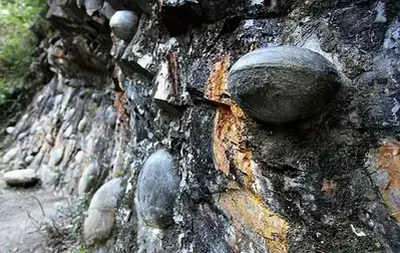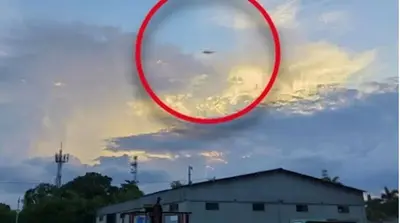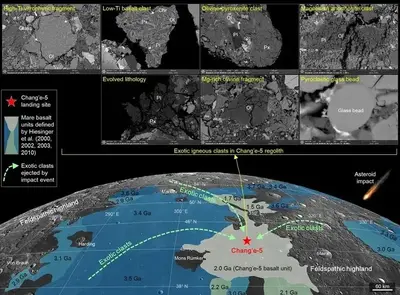History
Strange noises under the Pacific Ocean have puzzled scientists for years
Sounds like a drop of water falling into a bathtub, a "humming" at dusk and dawn, an "Upsweep" sound... Strange noises in the Pacific Ocean have puzzled scientists for years. .
The first is the mysterious “bloop” sound, first heard by the US National Oceanic and Atmospheric Administration (NOAA) in 1997. It is a loud, extremely low frequency sound. emanating from the South Pacific Ocean.
The noise is recorded on a hydrophone (submersible microphone) and sounds like a drop of water falling into a bathtub. Scientists have been puzzled by this sound for years.

No one has yet explained the origin of this strange sound – Photo: SHUTTERSTOCK
Some have suggested that the sound could be that of a mermaid or even that of an as-yet-unknown giant sea monster.
Finally, on a chance occasion, the veil of secrecy was lifted. At that time, scientists were watching the giant iceberg A53a about to melt near the island of South Georgia, suddenly the “bloop” sound appeared again.
Recorded results show that it is the cracking sound of large icebergs in the sea. The image of the resulting sound spectrum of the tape sound is quite similar to that of the “bloop”. In 2016, a team of researchers recorded a strange “humming” that occurred at dusk and dawn.

Illustration
After several days of monitoring, scientists think that this humming may be the “call to dinner” of deep-water creatures such as fish, shrimp, jellyfish, and octopus. They move simultaneously from the low water level deep in the ocean, rise to the surface at dusk to eat small creatures that live in the high water and also avoid predators. At dawn, they dive into the deep sea again.
The above sound was obtained at an altitude of about 200 – 1,000m, from the mesosphere of the ocean – a very dark area with limited food sources.
In August 1991, another sound was heard in the Pacific Ocean. Nicknamed “Upsweep” (a sound on underwater autophones), lasting a few seconds at a time, this is a long sequence of sounds that ascend in a narrow band. Oddly enough, this is a seasonal sound, peaking in spring and fall.

Illustration
“Upsweep” is located near volcanic activity, but until now people are uncertain about the true source of this noise.
And of course, no one can forget “Julia”, a sound recorded on March 1, 1999. It lies between Bransfield Strait and Cape Adare and is emitted by a large iceberg stranded in Antarctica.
With all these strange noises happening in the ocean, we have to think about the poor fish that must be “heard” all the time!
-

 History10h ago
History10h agoEven George Washington Was a Tyrant
-

 History1d ago
History1d agoWhat Democrats Can Learn from America’s First Black Voters
-

 History1d ago
History1d agoHow Celebrities Changed America’s Postpartum Depression Narrative
-

 History3d ago
History3d agoThe Woman Whose Crusade Gave Today’s Book-Banning Moms a Blueprint
-

 History1w ago
History1w agoHow Black Civil War Patriots Should Be Remembered This Veterans Day
-

 History1w ago
History1w agoThe Democratic Party Realignment That Empowered Trump
-

 History1w ago
History1w agoWhy People Should Stop Comparing the U.S. to Weimar Germany
-

 History1w ago
History1w agoFlorida’s History Shows That Crossing Voters on Abortion Has Consequences



























